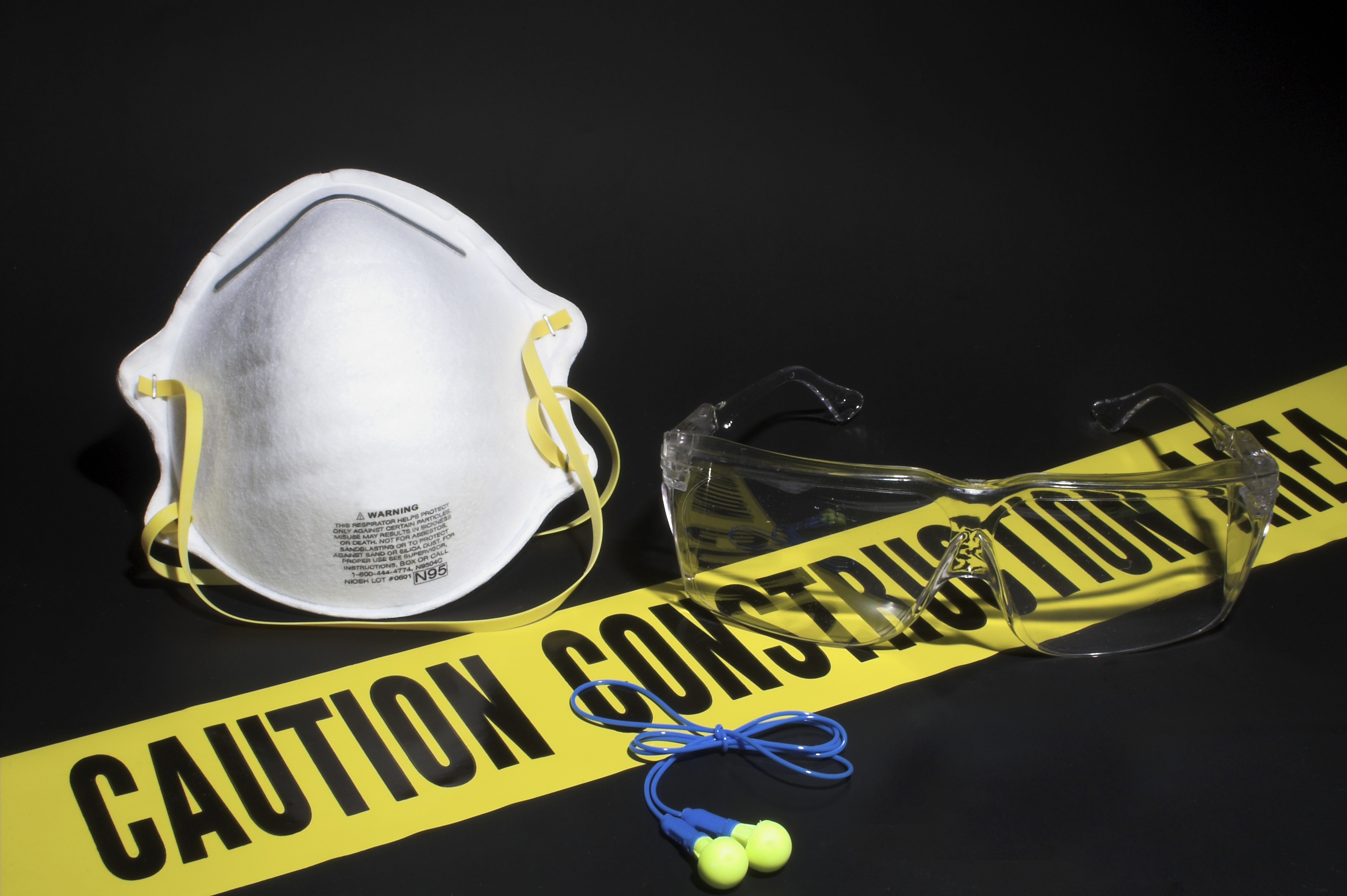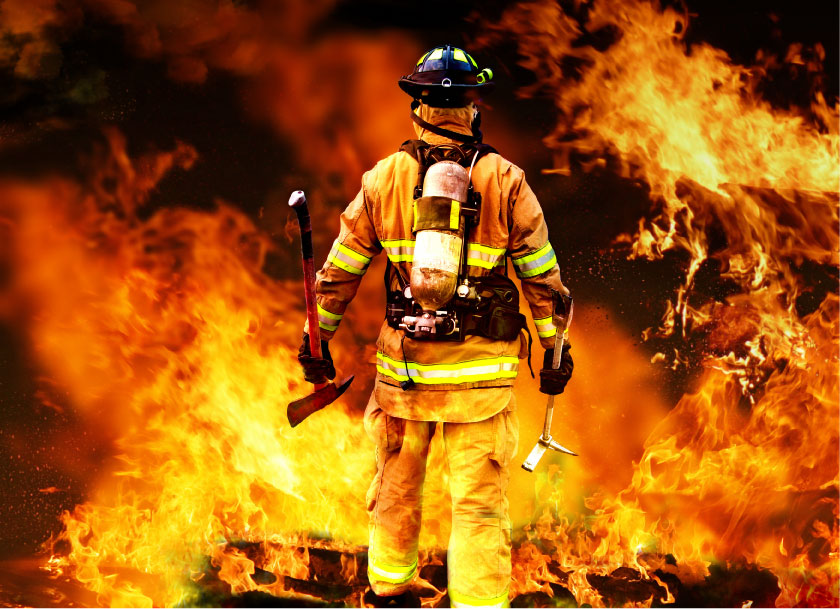Work safety has always been a top priority in the plumbing and heating industry. As plumbing is a profession that involves frequent exposure to hazardous situations and chemicals. Plumbing experts needs to be precise with regard to their health and work standards. Plumbing as a craft requires significant technical knowledge and involves much more than simply unclogging a sink or replacing a home shower.
Typically, a plumber’s work involves working with a wide variety of plumbing tools and equipment in different challenging situations on a daily basis. It is therefore vital that all plumbing engineers are well aware of the risks involved in the occupation and are able to take the appropriate safety measures to minimize them.
Professional plumbing experts like Plumbers 4U ensure that all their staff are trained and well versed in their own health and safety policies and adhere to safe working practices onsite. These emergency plumbers, working in the North London area and serving Camden, St. Albans, Enfield, Barnet and Brent, work to ensure that all projects are delivered in a professional, responsible and safe manner.
There are many well-known risks involved when working as plumber – but taking the correct precautions and safety measures will ensure safety and success in the field.
- Plumbers often need to work in close proximity to flammable or combustible substances, and risk exposure to toxic substances like lead, asbestos, adhesives, solvents, solder and sulphur dioxide
Take proper precautions to avoid inhaling harmful vapours by using properly fitted respirators and ventilation systems, and use eye protection while working with chemicals and in areas where foreign materials may enter your eyes. - There is an increased risk of injury while working with different tools
Keep your equipment and tools organized and work in a clutter-free area. Inspect the different equipment for safety hazards before each use. All bench and hand grinders should be checked prior to use and should have the proper safety guards in place. - Working in different awkward positions, and lifting heavy or awkward objects could cause back injury
Work in a clutter-free area and work with your back hunched as little as possible. If lifting heavy objects, bend at the knee and keep a straight back, and do not try to lift something that’s too heavy. - Exposure to extreme temperatures might lead to burns from steam or hot water
Secure cut off valves prior to working with steam lines or hot water lines. - Plumbers risk electrocution by working with electrical equipment in close proximity to water
Do not work with electrical equipment while in water or if the equipment is wet, and inspect all electrical cords and plugs for exposed wires or cracks in the insulation before each use. - There is a risk of slipping, tripping or falling on wet surfaces especially while working at heights
Ensure that you use fall protection and that you take extra care while working at heights.
Although challenging, there are a lot of benefits to a career in plumbing. You’ll be able to start your own business and set your own work timings, and can therefore set different appointments to fit your work schedule. You’ll never be short of work – plumbing is not an industry that can ever go out of fashion, nor can the need for plumbers ever dwindle. The profession also ensures a fairly good income, as you’ll be able to charge for your skills on an hourly basis.
Sent to us by Ram Seth, writing for Plumbing specialists Plumbers 4 U ensure that all of their engineers adhere to the industry’s safety standards to avoid or mitigate some of the above risks, and as long as an accident-free plumbing workplace is maintained, which requires a commitment from everyone within a company, the profession of plumbing is a lucrative one.
We appreciate these safety tips, and all understand that plumbers do many jobs that none of us want to do. They know what they are doing, and are worth the charge. pb

